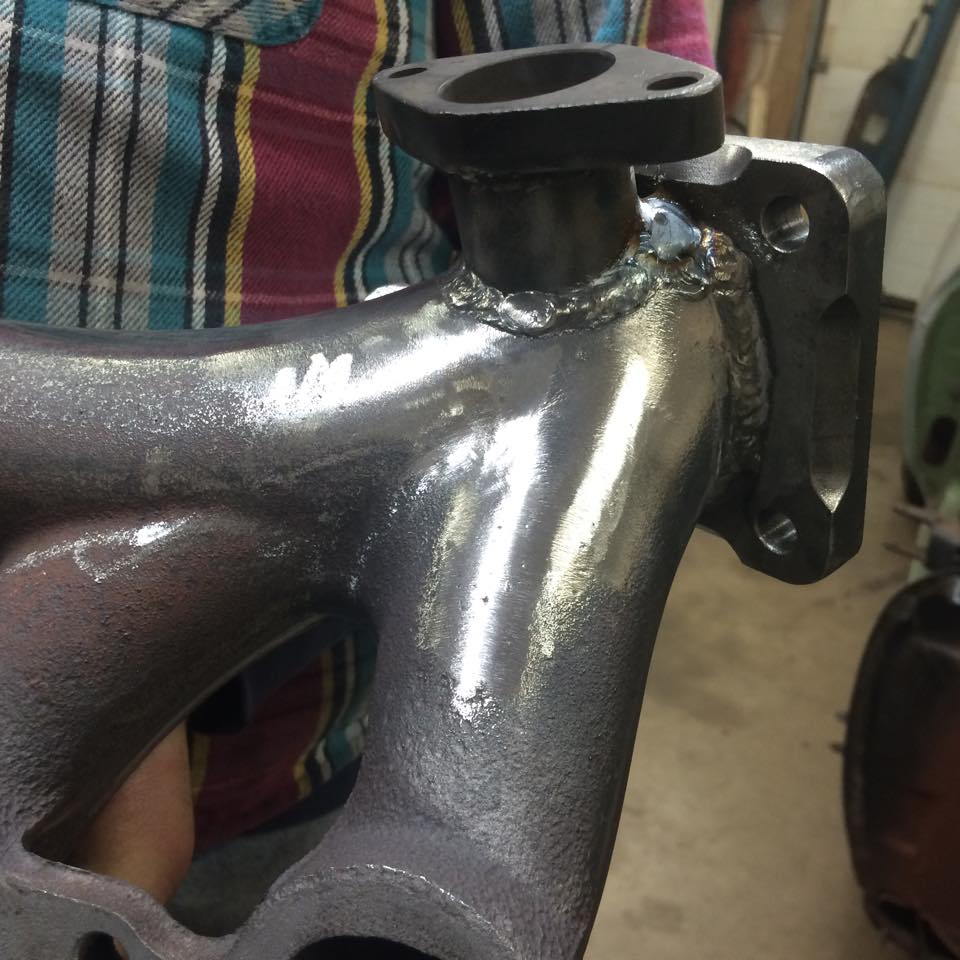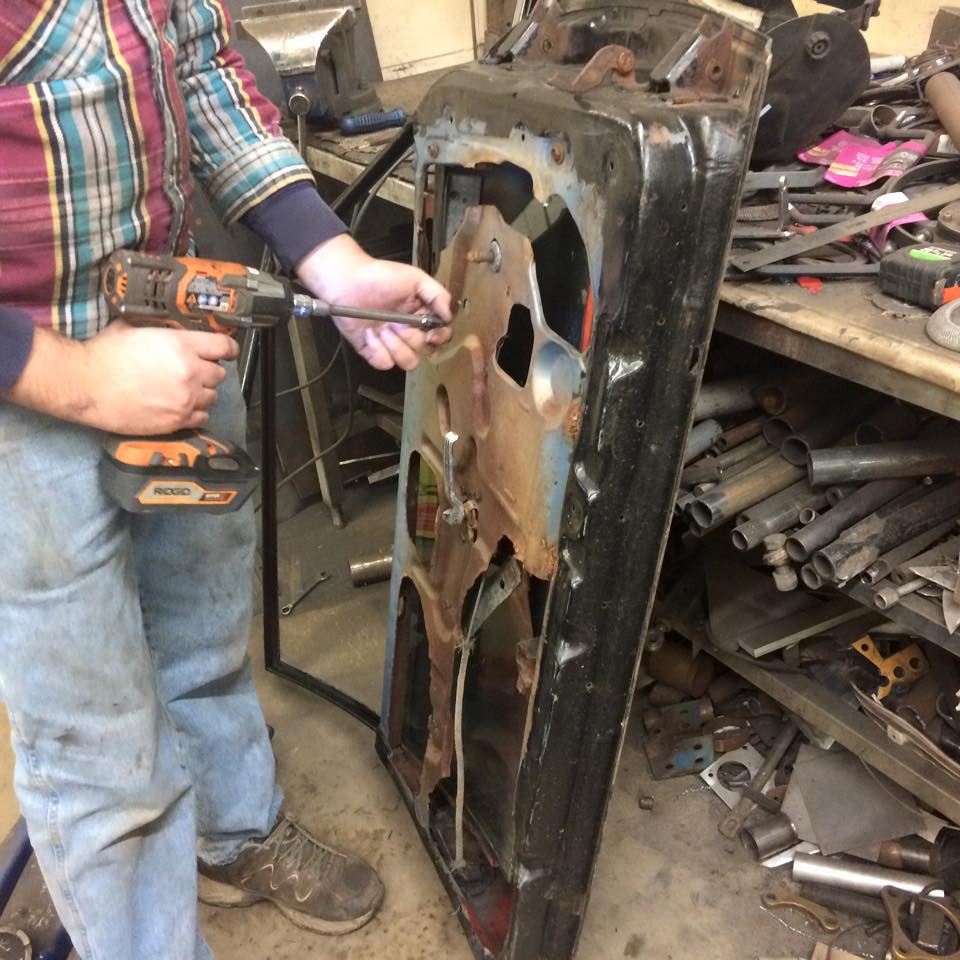Andy Neuman said:Need bigger turbos... I know you are using the biggest turbos that challenge budget allows.
I agree.![]()
Andy Neuman said:Need bigger turbos... I know you are using the biggest turbos that challenge budget allows.
Is that a question or statement....twin 55's is not a bad combo.
bluej said:How did you do the wastegates? cut up those stock cast manifolds to weld onto?
An advantage of an LS is the manifolds are cast steel. You can weld to them all you want and they won't crack, at least that we've seen. Give it a couple days you will see it come together.
In reply to mazdeuce - Seth :
Yep. When we made the turbo setup for the Sunbird, we forgot to check that the spark plug wires would clear the manifold. We ended up having to disassemble the whole thing at the end just to clearance it. That is never fun, so we try to mock everything up as we work.
Back to the oil pan, if I can’t fab my own pan what is the cheapest solution to get a decent car style oil pan.
Andy Neuman said:Back to the oil pan, if I can’t fab my own pan what is the cheapest solution to get a decent car style oil pan.
Maple grove flea market.
We have recently picked up some LS4 pans for $5. We want to try to modify a few. If that works we will have a super cheap supply.
Dusterbd13 said:What is the purpose of the scallops on the flanges for the turbos?
16 oz make a pound. Also, it looks cool.
In reply to TheV8Kid :
Can you explain the thought process behind the thickness of the flange used? I know it's a balance between weight and strength. I'm just looking at the turbo and I think my process would have been making the flange the same thickness as the turbo's flange.
In reply to Stampie :
It was free scrap from a pump housing from a fire truck that our buddy had laying in his yard. All of the welding that we needed to do to it would surely warp a thinner piece. Also, because it is steel and not cast, it has more tendency to change shape from heat cycles.
Since you guys go to such great lengths to A) get inexpensive metal and B) remove weight from said metal with speed holes and such, do you collect all of the chips and calculate their scrap value as recoup? Or weigh your finished parts to see how much you actually used? It's fascinating to see the process, thanks for making such detailed posts!
In reply to ¯\_(ツ)_/¯ :
Weigh the part as installed. We recycle the removed material without claiming a sell down. Almost all free metal is scaled and added at the typical purchase price. I said almost all because there ist one piece of 1/4" plate that was given to us from a fellow Challenger who was cleaning out their garage.
Patrick said:Which welder are you using for the cast welding? I may, ummm, be doing similar things soon.
The Millermatic 211 ($2016 prize) with 0.024" wire and 75/25 turned up to 25 cfh. 0.030" and 0.035" is too big and the cast melts too fast. It has been better to use the small wire and add heat, rather than thicker wire and lower heat. Took a while to find the best "mix" of heat, wire and flow. Some of the most critical welds are laid out for TiG and torch position, and welded by Fuzzy. That will be evident with the WG port to show up in the next few days. Shout out to Pat Culkin for his technical guidance on waste gates!!!
Day 68 - February 11, 2017
Finished manifold work. Gutted doors and made them removable. Mocked up front end.


You'll need to log in to post.